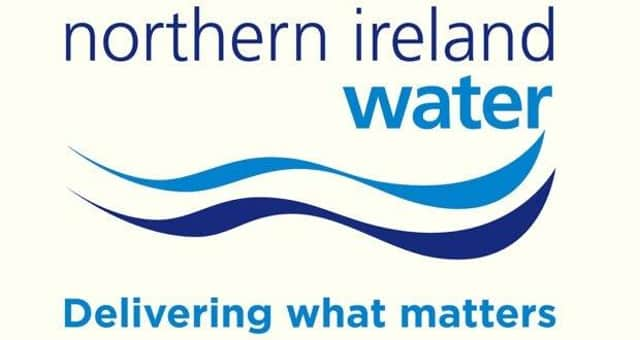Turning the taps on safely after lockdown


Following the restrictions placed on businesses and the public by Government in mid-March 2020, to restrict the spread of coronavirus, many premises had to close suddenly. As a result, many drinking water systems have been left stagnant over this period due to a low turnover of mains water or water in storage. This could have resulted in water in internal plumbing systems warming up, microbiological regrowth or an increased uptake of plumbing metals; thus the risk of potential water quality issues.
How to minimise this on reopening
NI Water continues to maintain its networks and systems to assure the quality of water entering a building. For building owners, manager and landlords, and for those who operate water or refill fountains in their premises, there are some simple steps that need to be taken to ensure your drinking water systems are providing safe and clean water:-
Advertisement
Hide AdAdvertisement
Hide Ad1. To ensure that the water in the plumbing systems is fresh, run all taps individually, starting with the tap nearest to where the water enters the building and moving systematically to the most distant outlet. It should be sufficient to run until the water is clear and feels cool to the touch. Building owners should also be mindful of the risks to all non-drinking water systems as well such as heating systems.
2. Where water is supplied from storage, storage cisterns should be emptied and filled with water direct from the incoming supply, before the taps are flushed; flushing should be carried out in a manner which minimises aerosol generation. For example, removing shower heads prior to flushing, to reduce the risks of Legionella transmission.
Safety considerations should be made for those flushing including appropriate Personal Protective Equipment (PPE); ensure that all appliances are also thoroughly flushed through before use, using manufacturer’s instruction manual.
3. If the property has any internal filters or water softeners, these should be checked to ensure they are working correctly as outlined in the manufacturer’s instruction manual;
Advertisement
Hide AdAdvertisement
Hide Ad4.If plumbers are required to make any changes or repairs to the plumbing system, a list of contacts can be accessed at WaterSafe www.watersafe.org.uk
5. For larger buildings, those with tanks, showers, water heaters and more complex pipework the expectation is likely to be for more extensive flushing followed by cleaning and disinfection. If you have a complex plumbing system you should ensure you have a competent person to oversee this work.